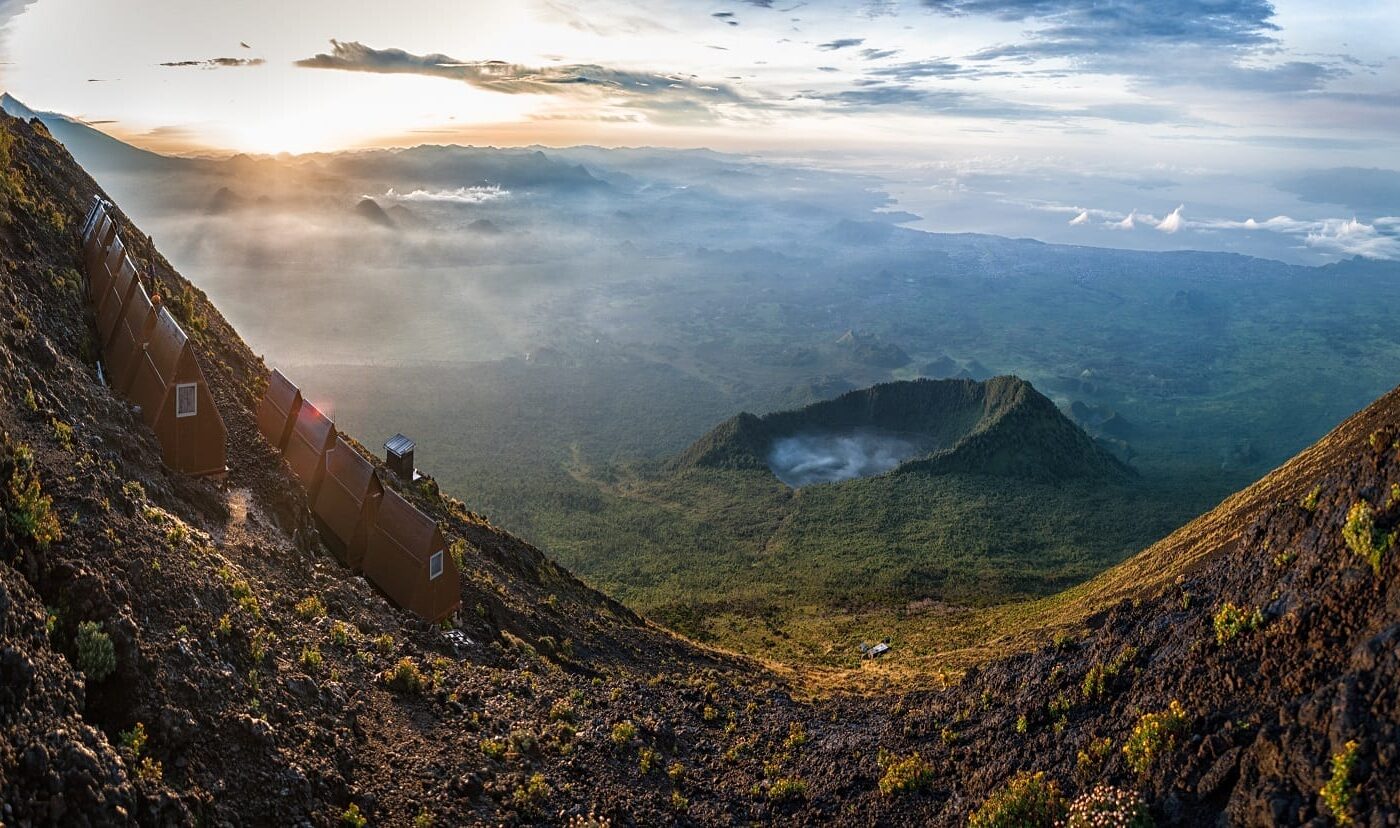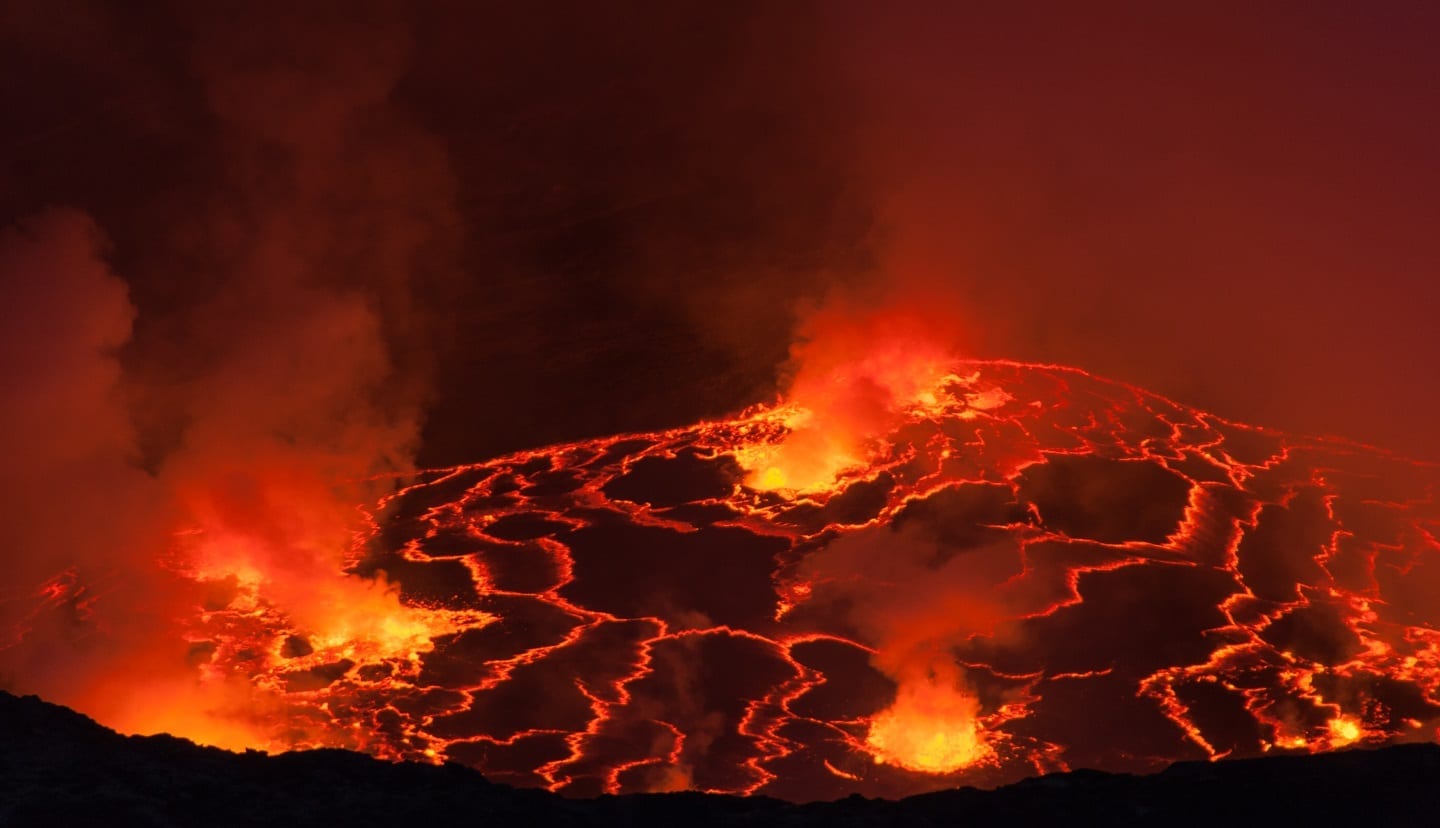The Democratic Republic of Congo, formerly known as Zaire, is a vast central African country approximately two thirds the size of Western Europe. Its capital Kinshasa is the second most populous city on the continent. In spite of this, DRC is sparsely populated relative to its size, with much of the country covered in dense rainforest. In recent history, the country’s 200+ ethnicities have endured colonialism and two civil wars, yet have managed to retain much of their values, traditions and customs, resulting in a fascinating spectrum of language, beliefs, culture, music and cuisine.







